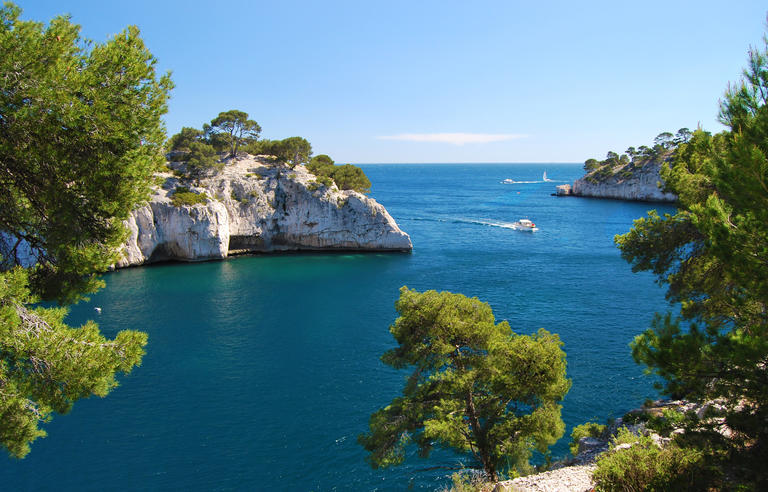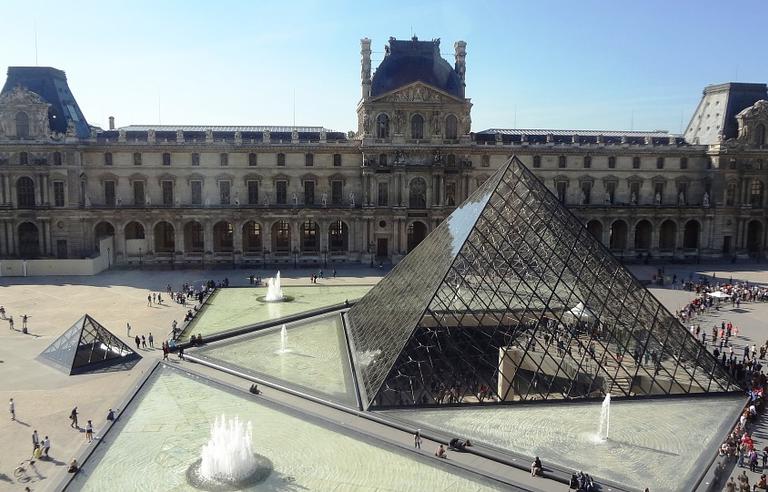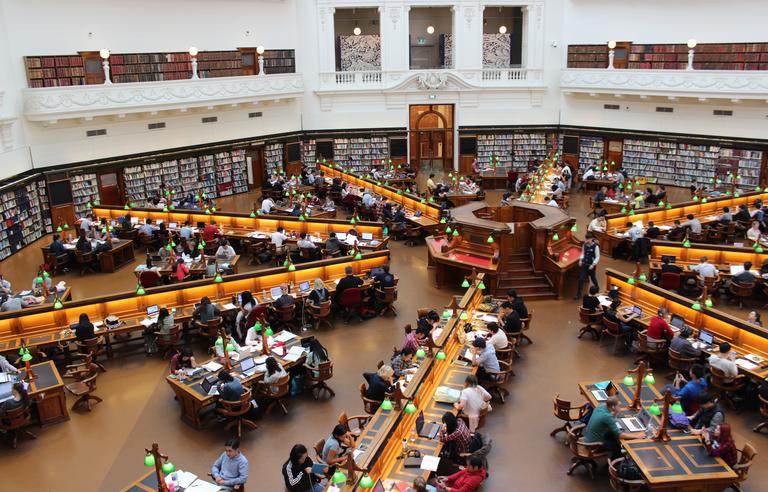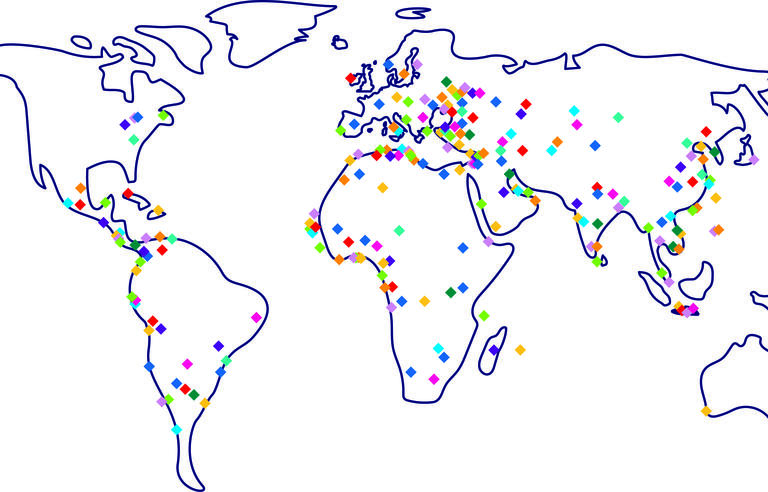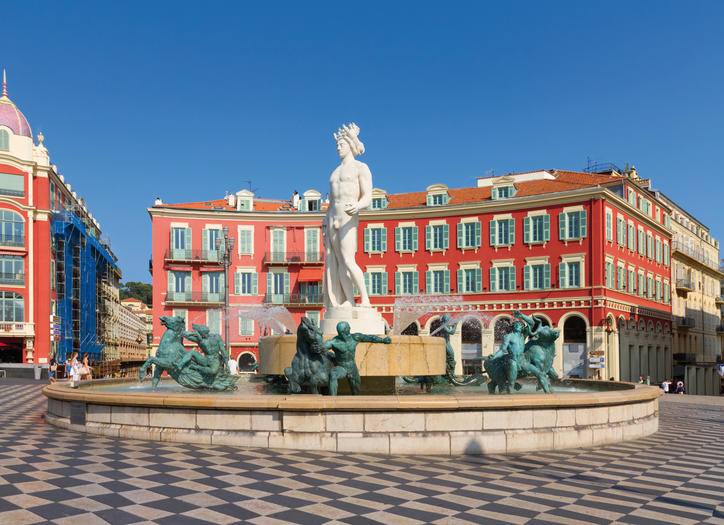
The city of Nice enters the UNESCO World Heritage
The city of Nice, in Southern France, has just been recognised by the UNESCO as a winter resort town of the French Riviera. France now registers 48 cultural and natural sites on the world heritage list of the UNESCO.
La liste du patrimoine mondial réalisée par l'UNESCO rassemble un ensemble de biens culturels et/ou naturels présentant un "intérêt exceptionnel pour l’héritage commun de l’humanité". Ce patrimoine protégé a fait l’objet d’une Convention pour la protection du patrimoine mondial, culturel et naturel, adoptée par l’UNESCO en 1972 et actualisée chaque année.
Nice, ville internationale de la riviera française et grande ville étudiante
Selon le site internet du ministère de la culture français, qui se félicite du choix de l’UNESCO, la ville de Nice est ainsi reconnue comme "archétype de la villégiature d’hiver de riviera, influencée par sa situation au bord de la mer Méditerranée et sa proximité avec les Alpes". Au XIXe siècle surtout, "la douceur du climat et le cadre pittoresque" de Nice ont en effet attiré de riches aristocrates européens qui ont façonné "l’urbanisme et l’architecture de la ville, débouchant sur une variété de styles architecturaux, de conceptions et de décorations de bâtiments, qui exprime son caractère cosmopolite et contribue à sa notoriété".
C’est sans doute aussi pour ces mêmes qualités, douceur, cadre et cosmopolitisme, que la ville de Nice est en France un important lieu d’accueil d’étudiants internationaux. Nice compte en effet près de 50 000 étudiants inscrits dans ses établissements d’enseignement supérieur dont 17% d’étudiants étrangers, un chiffre plus élevé que la moyenne en France (hors Paris). Comme l’écrit le magazine L’Etudiant, "les deux principaux atouts de Nice sont sans conteste le climat mais aussi la politique de la ville en faveur des étudiants", avec un "accompagnement à tous les niveaux" et "une offre culturelle très diversifiée".
48 sites classés en France
Avec l’ajout de Nice, du phare de Cordouan (dans l’océan Atlantique au large de l’estuaire de la Gironde) et de la ville thermale de Vichy (parmi les grandes villes d’eaux européennes), la France atteint cette année le chiffre de 48 biens culturels et naturels inscrits sur la liste du patrimoine mondial de l'UNESCO.
Ce nombre de sites remarquables fait de la France (avec l’Espagne et l’Allemagne) le deuxième pays (après l’Italie) ayant le plus de sites protégés en Europe. Parmi ceux-ci, essentiellement des sites culturels et naturels, on note une grande variété, avec par exemple :
- des monuments ou des sites exceptionnels dans les grandes villes françaises : les rives de la Seine à Paris, tout le centre historique de Lyon, le port de la Lune à Bordeaux, la Grande-île de la Neustadt à Strasbourg, les cathédrales de Chartres, de Bourges, d’Amiens, de Reims, le centre historique d’Avignon, le palais épiscopal d’Albi, la ville reconstruite du Havre, la place Stanislas à Nancy…
- des ensembles architecturaux : le château de Versailles, la cité fortifiée de Carcassonne, le palais de Fontainebleau, l’œuvre architecturale de Le Corbusier, les châteaux du Val de Loire, le Pont du Gard, le Canal du Midi, les fortifications de Vauban, les caves de Champagne…
- des lieux naturels : la baie du Mont Saint-Michel, les Causses et les Cévennes, la chaîne des Puys (anciens volcans), le vignoble de Bourgogne, les pitons rocheux de l’Ile de la Réunion, les lagons de Nouvelle-Calédonie…
Autant de sites très attractifs, lieux de patrimoine, de culture, de mémoire et d’histoire, qui donnent envie de France, non seulement pour y découvrir ces sites remarquables, mais aussi pour y étudier.
Related contents
-
CollectionStudent citiesUpdatedOctober 2024
- Press release from the French Ministry of culturehttps://www.culture.gouv.fr/Presse/Communiques-de-presse/Roselyne-Bachelot-Narquin-ministre-de-la-Culture-se-felicite-de-l-inscription-sur-la-liste-du-patrimoine-mondial-de-Nice-la-ville-de-la-villegi
- Ranking of student cities by the L’Etudiant magazinehttps://www.letudiant.fr/palmares/palmares-des-villes-etudiantes/nice.html
Recommended News



















